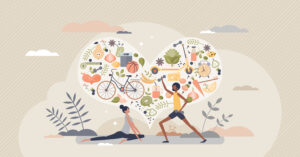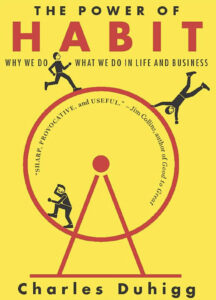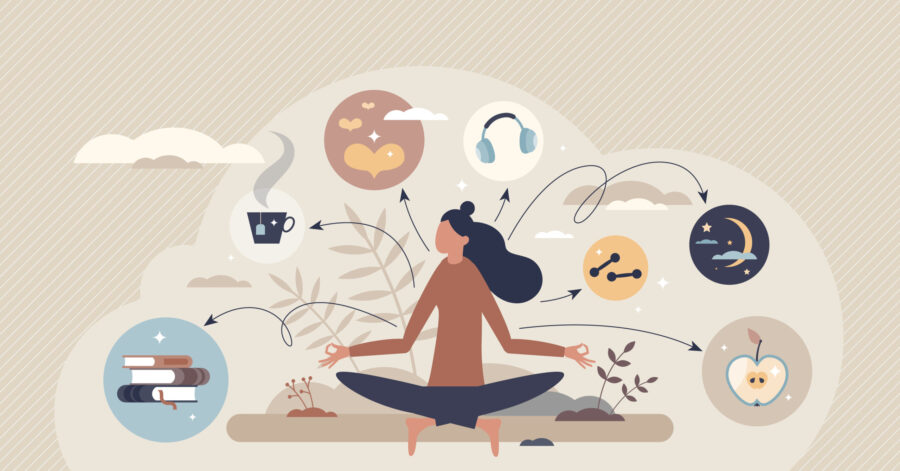Well, you’ve made your resolutions, and if you were like most people, getting fit and healthy was probably one of them.
It’s no surprise that, between Covid and the natural inclination to move along the path of least resistance, results in many of us moving less and making poorer food choices.

Old habits die hard, and those you can’t put out of sight are the most stubborn. It’s easy to stop eating cookies: Quit buying them! But you do have to eat, and choosing healthy foods is a more conscious decision. That’s when the old habits of tossing this and that into your grocery basket take control. But when it comes to eating healthy and exercising regularly, there’s no clear-cut path. Recently, I read “The Power of Habit: Why we do what we do in life and business” by Charles Duhigg. It turns out that changing a habit is not a direct path. The choices you make along the way lead to other consequences or habits that keep you from fulfilling your goals. Patterns make up your life, but you need to look a little deeper and see the habits that make up these patterns.
Duhigg says the most significant habit is a “keystone habit.”Reading this piqued my interest right away, as I had always been intrigued by the word “keystone.”
Growing up in upstate New York, I regularly saw license plates from Pennsylvania, declaring it to be “The Keystone State.” How that slogan came to be is for a later subject, but the knowledge that a keystone is the central wedge-shaped stone in an arch responsible for keeping all the rocks in place and allowing the arch to function has stayed with me.
When you look at the resolutions or goals you made for the New Year, you may not have accounted for the “keystone habits” necessary to realize them. You may think you have to join a health club to get yourself working out regularly or a diet program to encourage you to eat healthily. But the key to accomplishing these may be in something else. Your habits shape your life, but that also means you have the power to change those habits and, thereby, change your life.
You experience a cue, act upon it, and get a reward. You know if you go down the aisle where the fresh-baked cookies are sitting, the sweet aroma will set off a trigger in your brain that reminds you of the pleasure of biting into a soft chocolate-chip cookie. You’ll cave in, buy the cookies, take them home, and eat them all within a day. The best way to not eat the cookies is not to take that aisle. But every time you shop at that store, you find yourself in the bakery. If eating fewer cookies is part of your New Year’s resolutions, then maybe you need to create a new habit of shopping at a store that doesn’t sell your favorite cookie. Or shopping when the bakery is closed. When you try to replace old habits with new, healthier choices, the options are there.

Now, there’s significantly more insight in “The Power of Habit,” and I recommend it to anyone wanting to make a change in life, personally or professionally. I discovered setting an earlier bedtime was the keystone habit that most affected my life. By going to sleep earlier and getting the rest I needed, I arose earlier, and suddenly I began to feel much better. For me, that shift in a single habit was like the proverbial pebble in the lake. The changes continue to ripple. Changing that one keystone habit took me beyond my original resolution. I feel much better, more robust, and much happier. And isn’t that what life’s all about?—By Kathy Heaton
